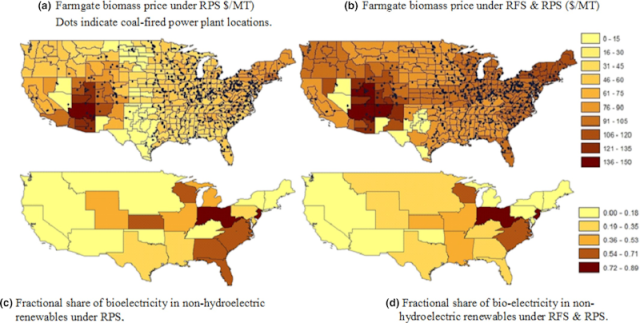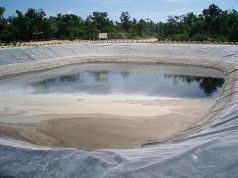What types of biomass can be used for energy production
Renewable energy production reduces our dependence on fossil fuels and mitigates climate change. Among renewable energy sources, biomass plays an essential role in offering a sustainable and versatile solution.
Biomass is composed of organic materials of plant or animal origin that can be used as fuel to produce energy instead of waste. Let’s discover the different types of biomass that can be used for energy production.
Types of biomass used for energy production
Solar autonomy is revolutionizing energy production by proposing the use of photovoltaic panels. In addition, biomass also offers a source of energy from plant waste. Here are the different types of biomass that can be used:
- Forest biomass: it is composed of wood residues, shavings, bark and branches from the wood industry. This waste can be used as fuel in power plants to produce electricity and heat.
- Agricultural residues: residues such as straw, corn stalks and seed hulls can be used as biomass. These agricultural wastes are often burned in special boilers to generate heat, which can then be converted into electricity.
- Municipal organic waste: food waste and yard waste can be transformed into biomass to produce energy. Using biodigesters, this waste is broken down to produce biogas.
- Biogas from landfills: it can be captured and used as an energy source. This biogas can be used to produce electricity and heat.
- Energy crops: miscanthus and switchgrass are grown to be used as biomass for energy production. These fast-growing plants can be turned into eco-friendly fuels, such as ethanol and biodiesel.
What is biomass
Biomass refers to all of a renewable natural resource made up of agricultural waste, forestry residues, energy crops and municipal organic waste. Biomass is an energy source used in different ways to produce heat, electricity and biofuels. The transformation of biomass into energy can be done by combustion, gasification, fermentation or even anaerobic digestion.
The use of biomass in energy production helps combat climate change by reducing greenhouse gas emissions and promoting more efficient and sustainable management of natural resources. In addition, the use of biomass makes it possible to recover organic waste, create local economic opportunities and promote a circular economy.
The advantages of using biomass
Here are some of the main advantages of this renewable energy source:
- Burning biomass releases carbon dioxide (CO2), but this is reabsorbed by new plantations as they grow, creating a carbon-neutral cycle.
- Plants and organic waste can be grown or produced continuously. This allows sustainable use of these resources for energy production.
- Diversifying energy sources helps create a more balanced energy mix and reduces vulnerability to fluctuations in fossil fuel prices.
The biomass industry contributes to the economic development of regions like Florida and the stimulation of activities linked to biomass. The exploitation of forest biomass allows responsible management of forests. On the other hand, energy crops can be grown sustainably, ensuring renewable energy production without compromising food security. In short, the use of different types of biomass for energy production opens up promising prospects for a more sustainable energy future.
Furthermore, solar energy also represents a viable option to meet our energy needs while promoting a transition to a cleaner economy. If you are considering disposing of biomass or any type of organic waste in Florida, do not hesitate to visit this site for more information.




